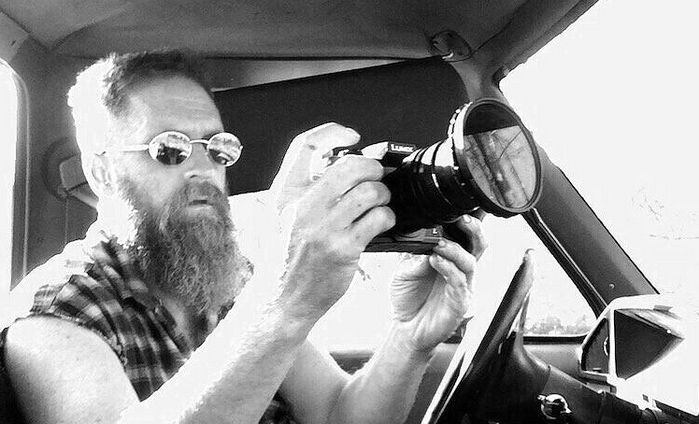Steven at Skillcult just posted a fascinating photo-essay on visiting a forest after a massive wildfire:
“Yes, the fires were devastating, but they are not abnormal here, quite the contrary. This is a fire ecology, period. It’s not if it burns, it’s when. We tend to look at the climax forest as good and everything else as secondary or not important at all. But many species and individuals are stoked on these fires. They get nutrients, reduced competition and light. Once the deer come back, the browse for them will be amazing for quite a few years to come. big trees may have died, but baby trees get their chance now without the overcasting shadows thrown by older generations to keep them weak from lack of light. If you look up it looks like a holocaust, but if you look down, the land is bursting with new life. Each player out here has a strategy for this. Thick fire resistant bark on the pines, or if that fails, post fire seed sprouting. The main manzanita that grows out here usually dies when the top is burned, but it sprouts by the thousands for seed banked in the soil in response to the same fire. Many other brushy species sprout from the roots, others from seeds, and some both. The deciduous trees and almost all of the non-coniferous species, sprout back from the roots. Oak and madrone shoots grew back 3 to 4 feet and sometimes more in one year. If these species didn’t have strategies for dealing with fires, they simply would not still be part of the ecology.”
The entire post is worth reading and seeing for its excellent photos.
Now I want some cedar for my woodshop…


3 comments
[…] post After the Fire appeared first on The Survival […]
I think the key is understanding that there are certain places where the fire ecology is natural, and not trying to impose it where it isn’t. Such as those who insist on burning pasture areas instead of introducing ruminants to control them naturally. Greg Judy is someone you’re probably acquainted with, David, I assume (being a Justin Rhodes fan).
You’re very right. Controlled burns, even in a backyard, can be good – but mismanagement can set back ecosystems and cause terrible damage.
Comments are closed.